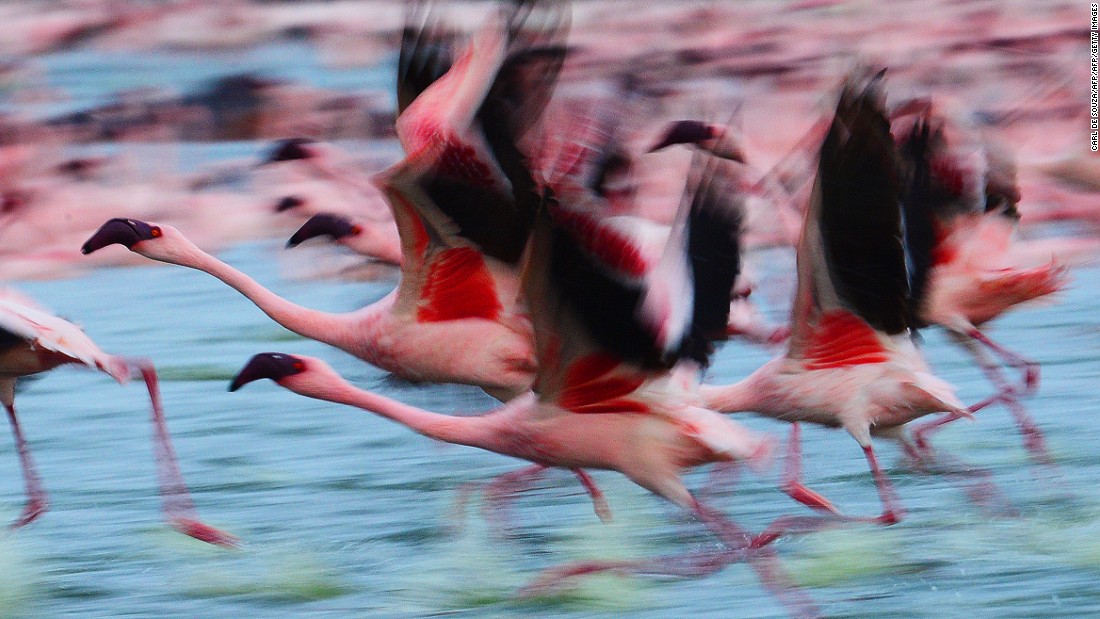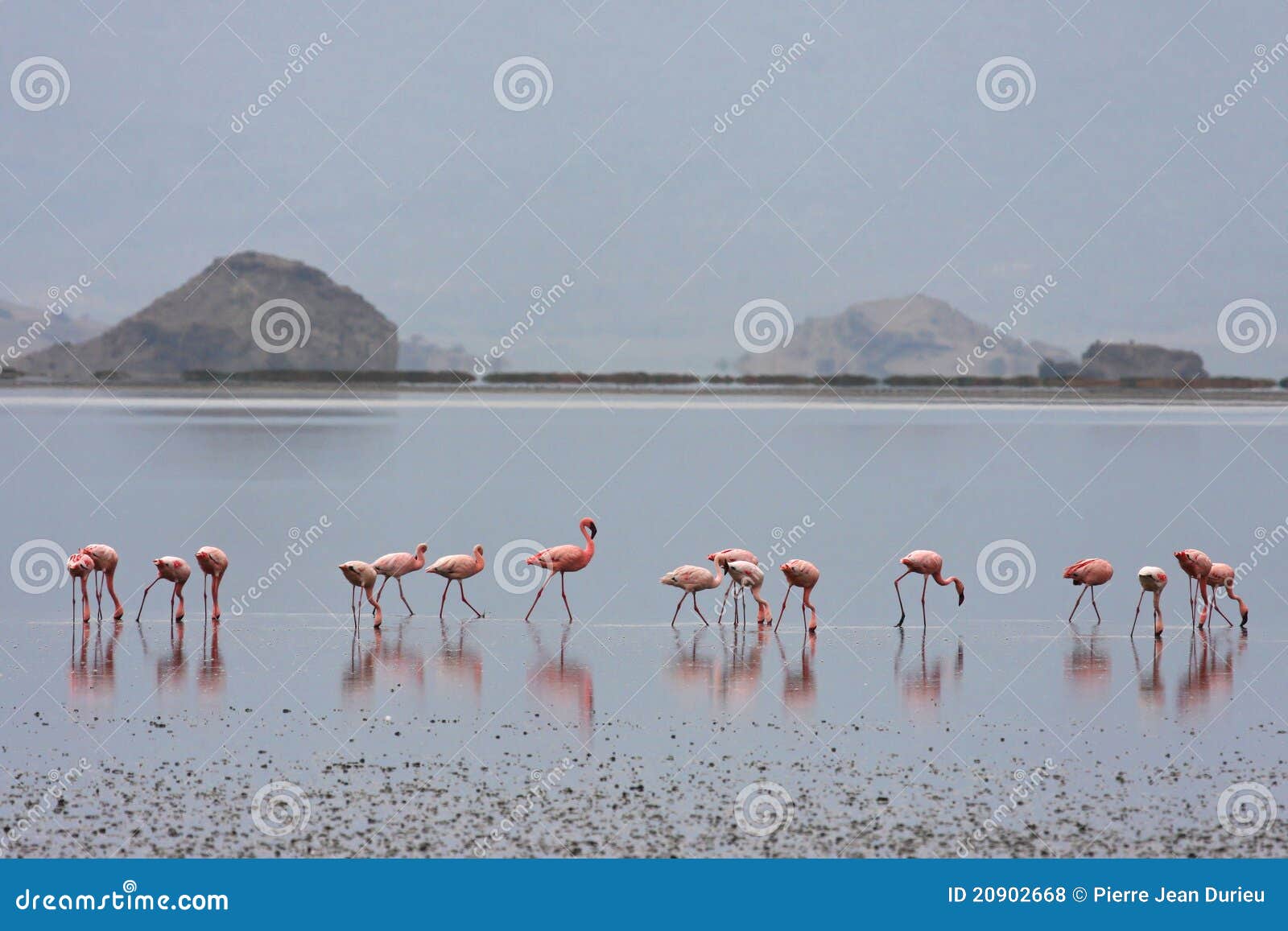
Washed up along the shoreline, one can discover the bizarre calcified corpses of all kinds of birds and bats. We spotted beautiful pink flamingos as we walked across the dried lakebed and came close to the shoreline. They built their nests on islands of evaporated salt. In fact, over three-quarters of the world’s population breeds here because food is plentiful and nesting sites abound. Visiting Lake Natron was one of our highlights!īesides feeding into the lake, the up to 50 degrees hot springs provide warm, mineral-rich water, which is ideal for the growth of salt-loving microorganisms devoured by millions of flamingos. Even though the mysterious Lake Natron, with its surreal and drastically varying landscape, is located close to Arusha, it was spared by mass tourism.

However, it becomes home to millions of migrating flamingos of magnificent pink color. Walking through the golden savannah, we encountered kids as young as five years herding goats. They are constructed to keep the hot sand from burning your feed. Masai shoes are often crafted from old tires. Trying to protect our feed from the hot sand, we quickly began to recognize the virtue of Masai shoes. It was the last time for days that we had access to water. Looking back, we should have enjoyed the water a bit longer. We dived right into the freshwater pouring down on us. It’s almost unreal to see such a powerful and high waterfall after walking through absolute dryness for two hours. But we were excited to cool down after 2 hours of sweltering heat. The walk through the dramatic landscape of a savage was impressive. We quickly earned our new nickname, “pole & pole,” which translates into slow. So, equipped and prepared for a “short” walk, we started walking in flip-flops with very little water. Their semi-nomadic lifestyle accustoms them to walking long distances under the burning sun of the African savannah. What we didn’t know back then: You can entirely rely on Masai people with anything BUT their definition of “nearby.” Visit the prehistoric human footprints in the mud flats.Massai and Papakinye proposed to visit the “nearby” waterfalls along the Ngare Sero river. You can walk with them from boma to boma and help them milk the cows. There are many authentic Masaai villages in the area to visit. There may be animals right around the camp, but it is still safe to walk around because there are no dangerous animals in this area. Game Driveįull day game drive around the south and west side of Lake Natron. Flamingos breed here August-October, but there are flamingos all year. In the dry season, this may be a half-mile walk. Lake Natron is great for bird watching ! You will walk from your camp or from the road out on the mud flats to the edge of the water. There may be baboons or other wildlife in the gorge. It is an excellent swim in the river and under the waterfalls for a nice cool-down from the hot sun. It is slippery and requires scrambling and walking through the river (sometimes waist deep). You will need non-leather sandals (soda harms leather). This is a 20 minute hike one-way up a river gorge. You would visit Lake Natron either on the way the Serengeti or on the way back. Lake Natron is a 3+ hour drive from the Lake Manyara area, and 4-5 hours from the northeastern entrance to the Serengeti (Klein’s Gate). The best months to visit are June-July and December-January.


On the drive between Lake Natron and the Serengeti, the vast number of Maasai villages and cattle is amazing. On the drive between Lake Natron and the Arusha/Lake Manyara road, you can see many Maasai villages, termite mounds, gazelle, giraffe, zebra, baboons, bee boxes, and birds such as vultures, ostrich, starlings, Cory Bustards, and kites. Local, fresh springs form surprising oases in this landscape. The lake is extremely high in sodium carbonate, algae, and zooplankton supporting vast numbers of flamingos and other water birds, especially during and after the rainy season. It is also home to the only active volcano in Tanzania: Ol Doinyo Lengai (Mountain of God). Lake Natron is the lowest point of the Great Rift Valley in Tanzania (600m / 2000 ft).


 0 kommentar(er)
0 kommentar(er)
